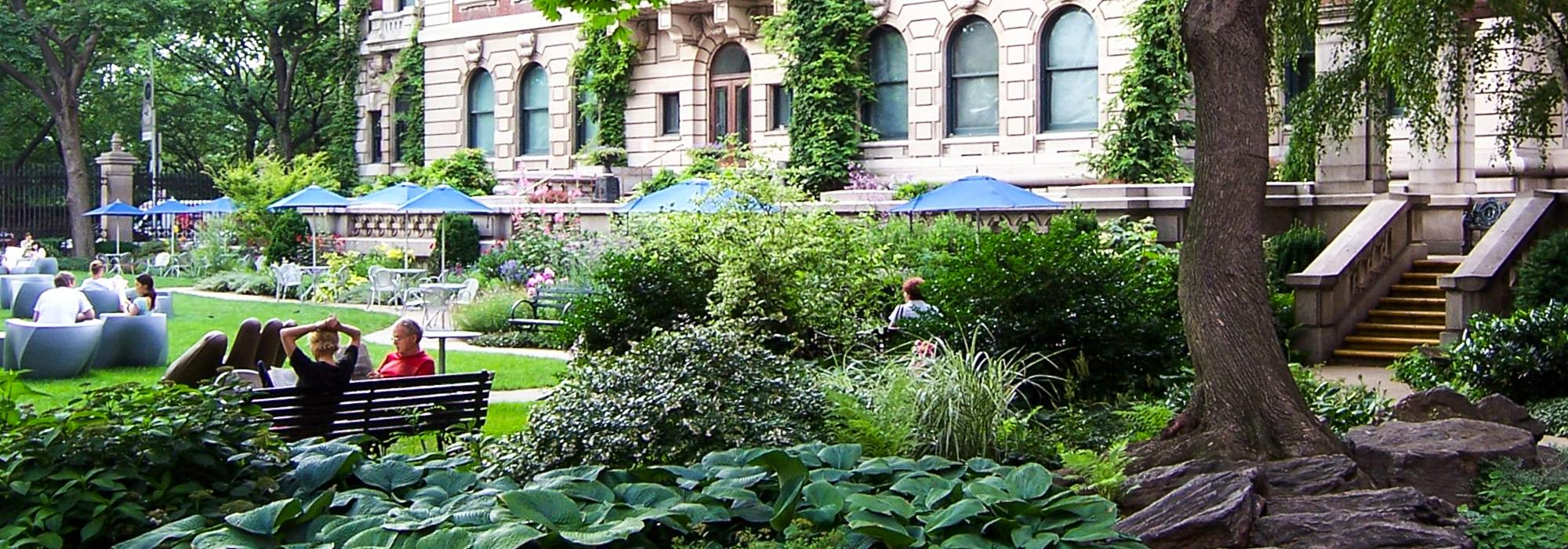Looking Ahead at the Cooper-Hewitt
Bill Moggridge’s appointment as director of the Cooper-Hewitt National Design Museum, the New York-based Smithsonian Institution museum, received extensive coverage in the New York Times, Washington Post, and elsewhere. In several news reports, Moggridge, reported as the designer of the look for the first laptop computer among many accomplishments, was hailed by Smithsonian Secretary Wayne Clough as “an entrepreneur, innovator and visionary leader in the design world.” Those are laudable qualities for someone who will be promoting the importance of design and acting as a one of its leading stewards.
That raises the question: how will promotion and stewardship of landscape architecture and design be addressed during Moggridge’s tenure. The Cooper-Hewitt has mounted a small number of exhibitions on landscape and the National Design awards they administer does include a landscape design category. With the museum amidst a $64 million expansion campaign, perhaps the most telling indicator will be the fate museum’s own front yard on Fifth Avenue, a National Register-eligible garden by the celebrated New York-based landscape architect Richard Schermerhorn, Jr. Designed in 1901 for what was then called the Carnegie Mansion, the Country Place-era garden — known today as the Arthur Ross Terrace — is one of Schermerhorn’s few surviving commissions and possesses a high degree of design integrity.
Schermerhorn, according to his 1962 New York Times obituary, was a “strong advocate of the principle that land should be acquired early for park use and should be kept free of special installations.” The Arthur Ross Terrace reflects Schermerhorn’s spirit, let’s hope the museum respects his design.
To learn more about Schermerhorn, see the biographical profile by William G. Crawford, Jr., in Shaping the American Landscape: New Profiles from the Pioneers of American Landscape Design Project.



